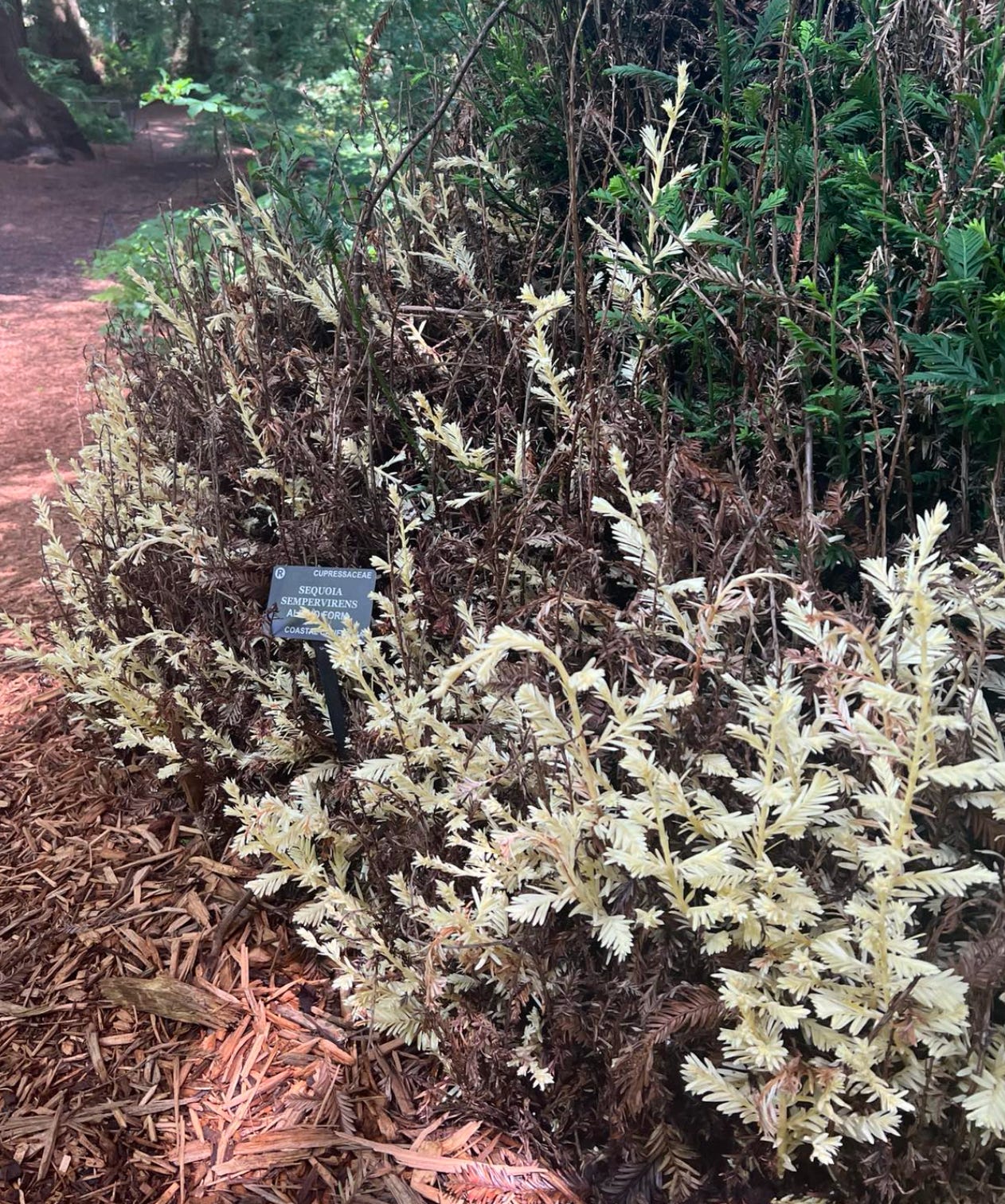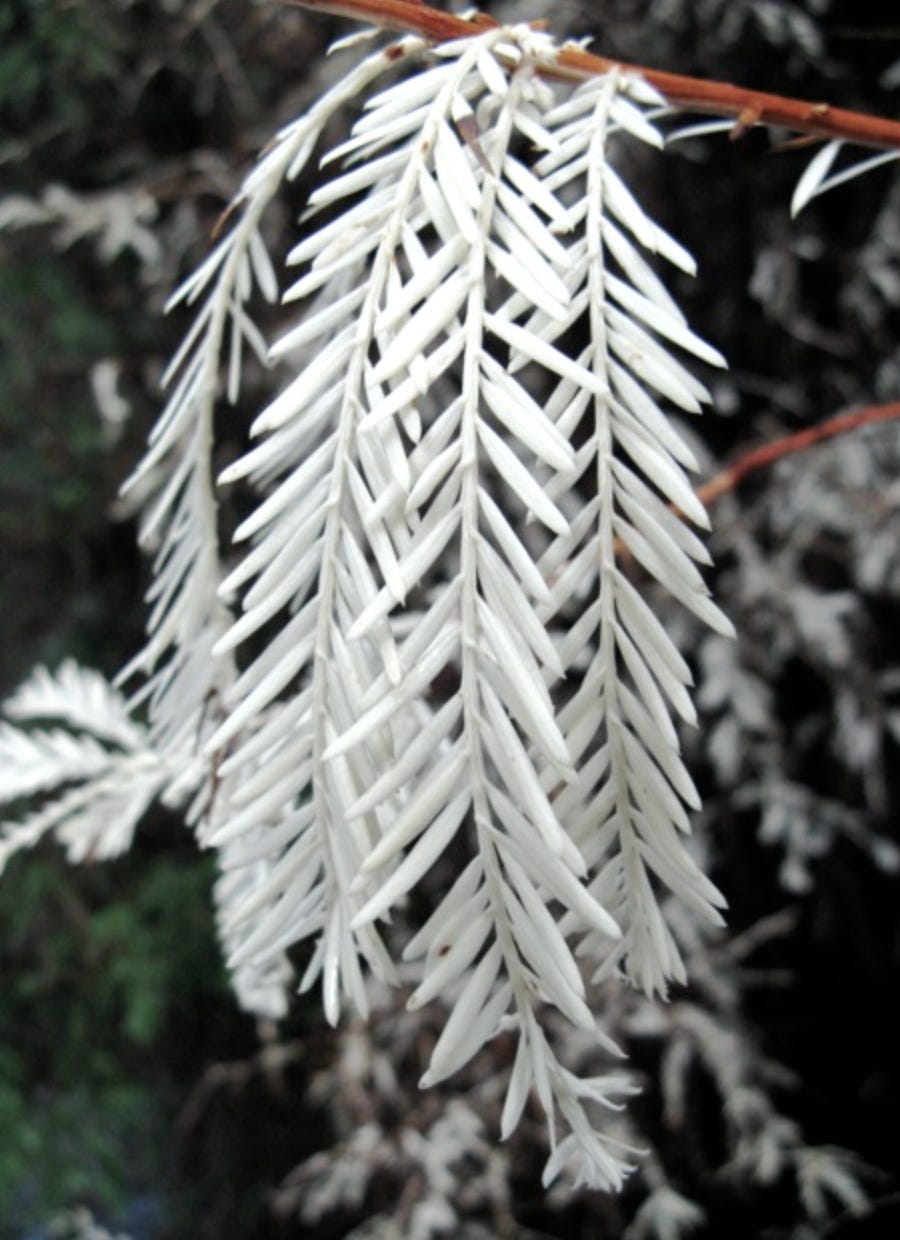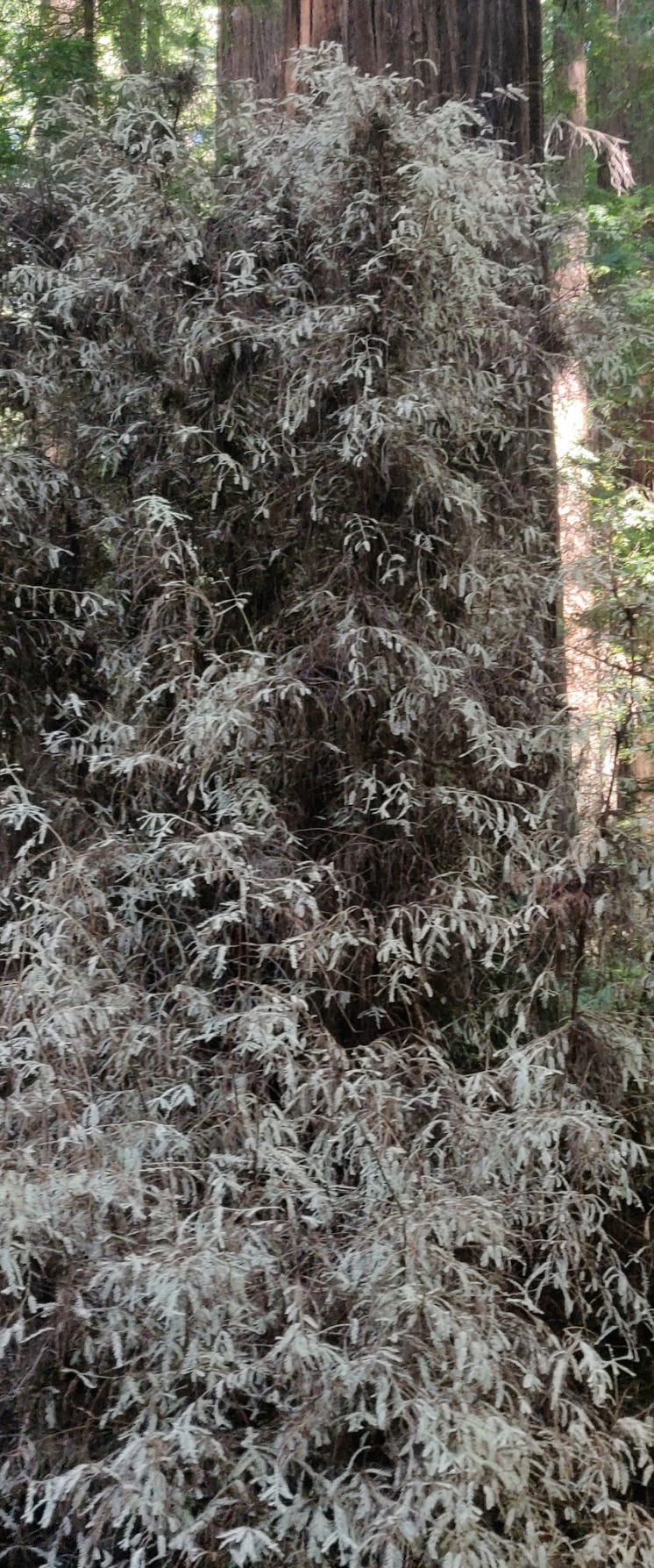🍁 Trees that can't photosynthesize?
(134) thanks for sharing another hottest year on record with us
Good Morning
What we’re reading this week:
Civil Eat’s year in land-based food news (CE)
Will Big Bets to Solve Climate Change Pay Off? (Listen from Vox)
The link between climate change and a spate of rare disease outbreaks in 2023 (Grist)
The Greendicator
Top Deals of the Week
To return next week. Happy New Year!
Green Theory
Take a look around and consider where you’d get nutrients if you were planted like a tree. As animals, we’re adapted to move around to find our food and water, but for trees, most of their life will be spent in only one location. By converting sunlight to sugar, trees (and plants in general) can gather their energy through their leaves or needles. If they’ve picked a bad spot to set up shop, they’re doomed, right?
For the world’s tallest tree species—the coastal redwood—their strong, subterranean, fungal root network has helped the endangered population fight on through increasing climatic threats, worsened by a warming planet, as well as a century and a half of abuse and mismanagement. In addition to helping all saplings thrive in chaotic, high-canopied forests, their root networks give rise to a rare and beautiful variant: the albino redwood.

Despite having no chlorophyll (the green pigment that makes photosynthesis possible), this white-needled redwood trait can be sustained by the support of fellow redwoods with chlorophyll. You can see a small group for yourself in the botanical gardens at Golden Gate Park. This miracle of nature is a powerful example of the presence and products of cooperation that make many forests healthy and rich.
If you’re interested in reading more about inter-tree and inter-species cooperation, and the incredible science that rocked the study of forestry, check out our piece on positive-sum forests.
Observing a few of these shock-white trees across the coastal redwood range, they all feature one oddity that their green cousins mostly avoid: growing in the shade. Since this variant doesn’t need the needles for photosynthesis, they don’t reward or discourage growth based on where the sun is over the course of the day. In this way, they find a niche that others in their species wouldn’t care for anyway.
What’s in it for the green-needles?
The albino trees contribute to the root network and offer another node for the system to help balance out the tree-by-tree flow of nutrients. Some theories suggest these trees act as a storage vessel for heavy metals, filtering compounds out of the water supply, which benefits other trees. It’s difficult to study these fragile, precious trees, as only about 80-400 are thought to exist. With groups such as the Sempervirens fund protecting more redwood forests, the opportunity for variants to thrive will also expand.

Growing in the Dark
(Needles)s to say, the albino redwood’s resilience, via its connection to the redwood network, offers inspiration for those cultivating ecosystems, and those striving to persevere or innovate through a challenge. By connecting the forgotten or rare elements of a system, what bright new potential might shine in the shade?
The Closer
Commons cooking up some climate memes. Happy New Year of exposing fakes!






